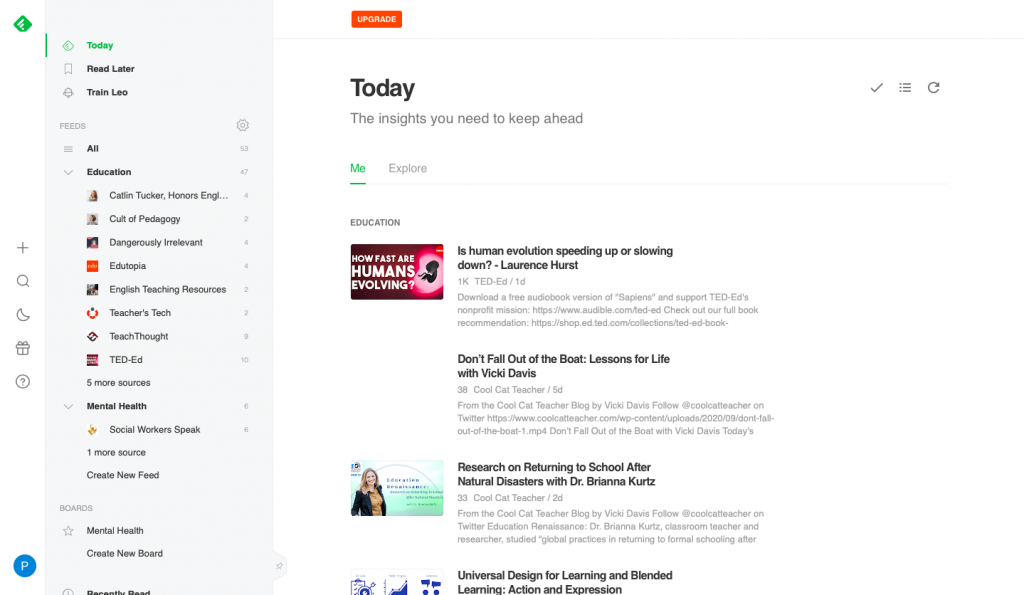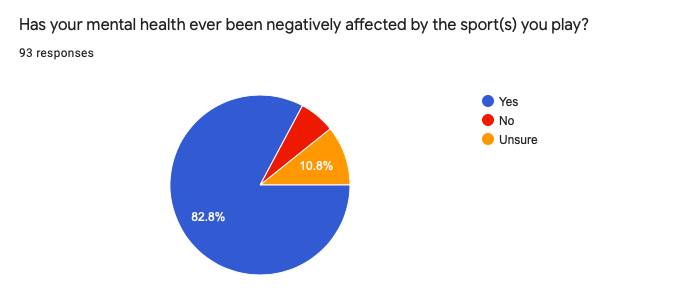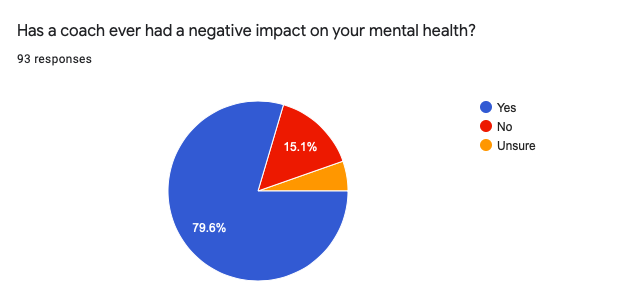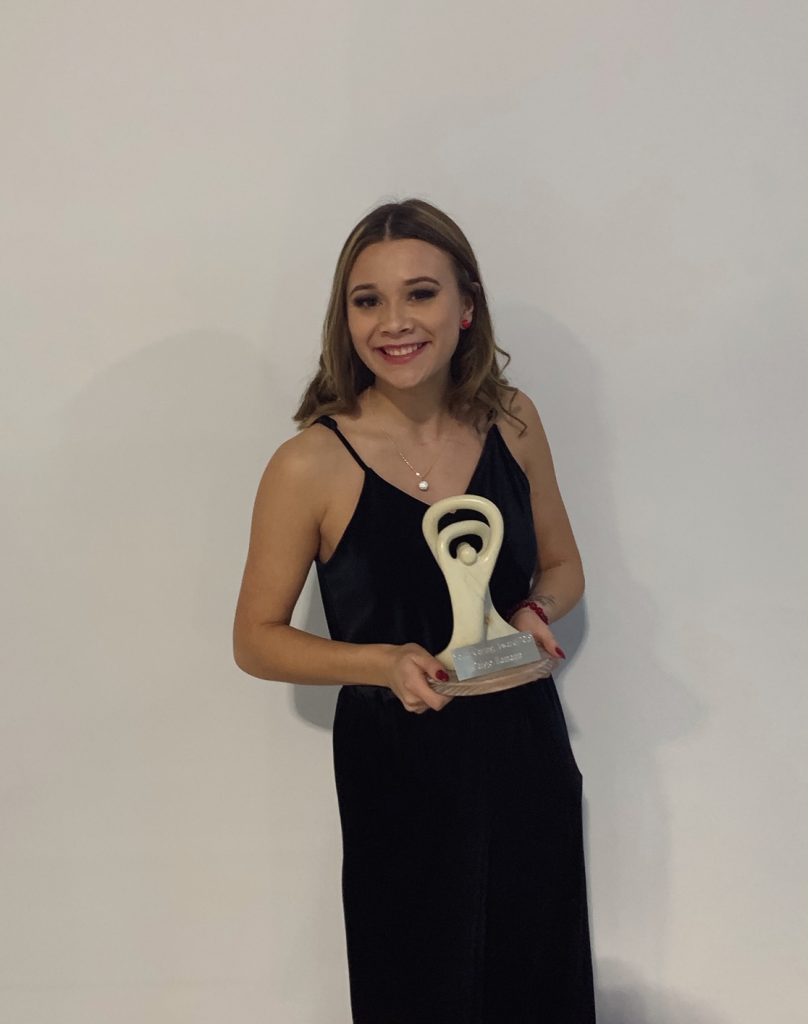Here are some of the highlights from my eight week field placement in a grade one classroom at Hawyrlak School.

I will forever be thankful to Mrs. Holmes for welcoming me into her classroom with open arms. Her kindness and passion encouraged me each and every day in the classroom.
Week One:
Once the day started and the students came into the classroom, I immediately realized that these students crave positivity. They loved starting off their day with a high five or a hug from Emily as soon as they entered the classroom. When we stood up for O Canada, the students sang loud and proud, and they were absolutely beaming when their teacher complimented their singing skills. The same thing happened when they read their poems on their own as well.
Throughout the rest of the morning, I sat with different kids while they worked on printing and their reading response. For the most part, once I engaged with a student or told them even just a little about myself, they were telling me all about themselves. That little bit of trust I built with them was enough for them to open up and speak to me. I absolutely loved it. I cannot wait until I have my own classroom and get to build relationships with my own students. I received hugs from at least four little people, and they really filled my bucket (they are working on kindness and “filling each other’s buckets”). The goodbyes and see you next Wednesdays made my heart so full.
Week Three:
My cooperating teacher does a really fantastic job of ensuring kids have multiple ways to learn. For example, when looking at the calendar in the mornings she will ask a student what day it is, and then ask them how they knew. She will then ask for other ways we could see that, which helps to make sure that all kids have multiple tools and skills that can best fit their learning. She does a similar thing when learning how to print specific letters. For instance, she will draw it properly two or three times, but then she will draw a horribly-done wonky letter, and asks for students to point out her mistakes. This lets the students see the right way to do it, and the ways that they should not do it.
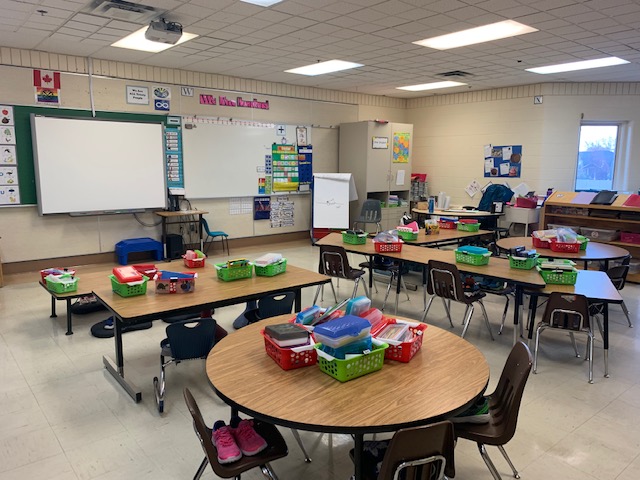
Week Seven:
In the classroom, the students use a program called Raz kids. I had the opportunity to use it with some students and they absolutely loved it. I asked a couple students if they would rather read a real physical book or on the iPad. They both said the iPad. With some nudging, they told me they like how it highlights the words so they do not have to use their tracking finger. They also like the questions at the end because it seems like a game.
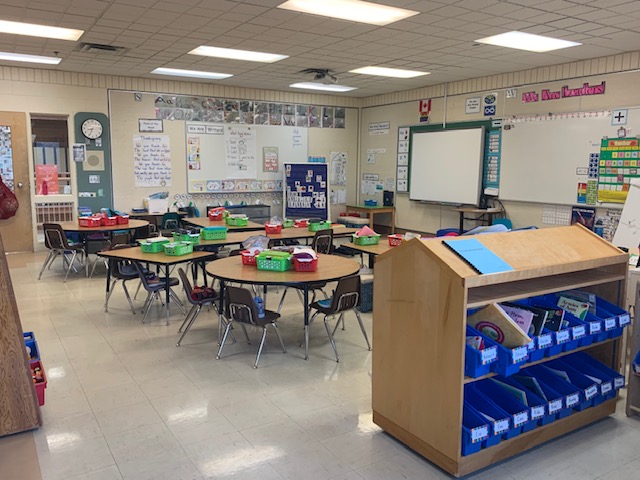
Mrs. Holmes is doing an advent calendar, and with each new week they explore a holiday. I think it is so important that this classroom is actively celebrating diversity. This week they talked about Eid. Next week she even has some parents coming in to talk about their Eid traditions. I love how she is not only including this family in their classroom learning, but it gives this family a safe space to share their culture. Because of Eid, the grade ones have looked at the moon cycle. When I was asking the students about why they like their iPads, two students immediately told me about their app (at home) that shows them the different moons, stars, and constellations. We both agreed that it is really cool. He even related it back to how the moon cycle is important in Eid. I was so happy when he made that connection.
Final Field Reflection
My placement in Mrs. Holmes’ grade one classroom definitely confirmed that I want to be a teacher. Although I would still like to teach secondary, I enjoyed every minute with her amazing students.
The moment I met the students I knew that they absolutely craved positivity and encouragement. They start off everyday with a smile and, either a hug, fistbump, or high five from Mrs. Holmes. A classroom across the hall on the other hand, played loud cheerful music as the students came in to get them excited for the day. Not only does this allow the students to create a relationship with their teacher, but it also ensures that their school day starts off on the right foot. I genuinely believe that every student would have a more positive school experience if they were encouraged just a little bit more. I absolutely love the idea of playing music before class and I would love to do this in my own classroom. I think it would help to raise energy levels and make my classroom much more interesting and welcoming.
I also noticed that it is integral that the students have a sense of trust in their teacher, as well as their classmates. Making mistakes is often scary and intimidating, yet Mrs. Holmes ensures that her classroom is a safe space. Because the students know not to laugh or make fun of others if they do not know the correct answer, students are more open to sharing their learning and, in turn, making mistakes. If a student does happen to make a mistake, Mrs. Holmes would help guide them to the correct answer with a smile on her face and her tone not faltering. I think that because her facial expression or tone does not change, the students do not feel ashamed when they are incorrect. This stuck out to me because in high school and even university, teachers and professors do not hide their disappointment when a student’s answer is incorrect, and quite honestly it has no positive impact on the student. In fact, it makes the student feel foolish and not intelligent. In some cases, this can cause students to resent education and learning. I am going to practice being mindful of my facial expression, body language, and tone when speaking to people, especially students.
Additionally, this placement has helped me to further appreciate and celebrate diversity in the classroom. Unlike my elementary school experience, this classroom was full of a range of exceptionalities, ethnicities, races, personalities, etc. A specific memory that will forever warm my heart is how the students care for and treat their classmate with an exceptionality. They did not treat him as if he were different, but they would help to keep him on task and be where he needed to be. This helped me realize just how possible inclusion is. Similarly, the students learned about different cultural celebrations and their traditions, such as Eid, Diwali, Hannukuh, Kwanzaa, etc. If a student in the class participates in one of these celebrations, they will contribute and help teach the class. In some cases, their parents would even come in to speak. This opportunity allows the students to recognize their differences and learn about each other. I believe doing this at such a young age will break down barriers and allow these students to be more accepting. In my own classroom, I would love to have students teach about their own culture as I believe it is important to learn from someone who actually lives that certain way.
An aspect of Mrs. Holmes’ classroom that I adore is her flexible seating and I would love to employ these in my own classroom. In the classroom, there are traditional chairs, hokki stools, floor mats, and crates with pillows on them. She would also like to add a standing table to her room if it is possible. Not only are the students excited to have different seating arrangements each week, but it gives them an opportunity to recognize how they learn best. As a person with ADHD, I can understand the importance of diverse seating. It would have absolutely changed the way I learn, and I hope that using these different styles in my own classroom will help students as well.
As I entered this field placement, I was curious about how technology would be utilized in such a young classroom. Technology was only prevalent in my classrooms during the latter part of my elementary experience. Mrs Holmes’ classroom takes advantage of the smart board and school provided iPads. The smart board is used as a white board, projector, or to play videos. While using the iPads, the students use a reading program that also aids their comprehension skills. However, technology does not rule the classroom. I believe that it is so important for young classrooms to limit technology so that the student’s screen time is limited to allow for cognitive development. I feel that these students have a wonderful balance of tangibility and technology in this classroom.
This impact this classroom has had on me is stronger than I could have ever imagined. I am now absolutely positive that this is what I was meant to do. The multitudes of good mornings, high fives, and smiles have raised my spirits each day. The looks of frustration and piles of eraser shavings have helped me realize that this career is worth it. The train of hugs and thank you card filled my heart but also my eyes with tears. I am certain this is my future and I am even more sure that these students will be my future as well.
